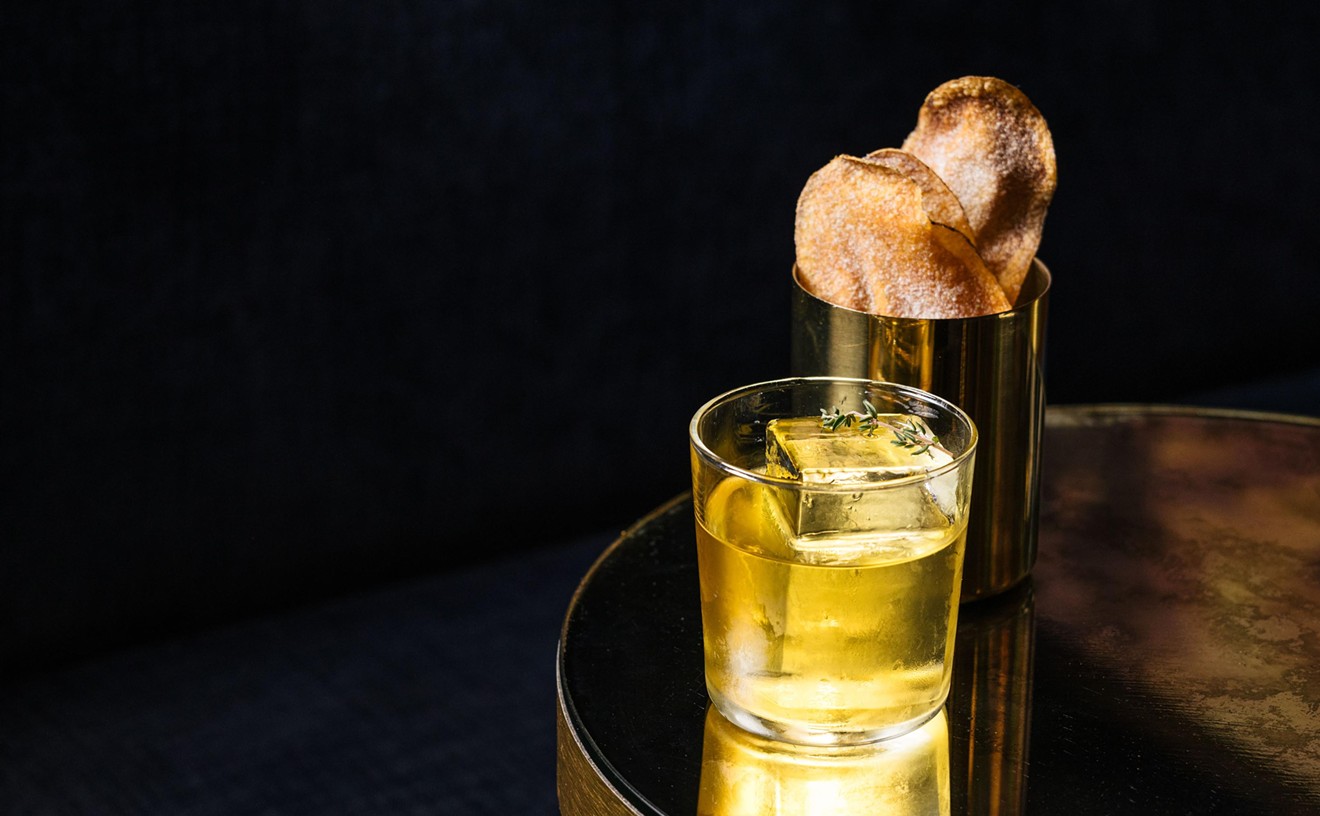If you've blown through the gardening books on your reading list this winter or are looking for some inspiration this summer, local author and painter Barbara Bayless Lacy's book, Nanise': A Navajo Herbal: One Hundred Plants From the Navajo Reservation is a unique find.
Nanise' means "vegetation" in Navajo, and although the book was first published in 1989, it's been updated and was reissued in October. The book provides the Navajo name for each plant, and how Navajo people use each plant in traditional ways. See also: - Now Open: White Eyes Fresh Fry Bread Food Truck - Fry Bread: Bringing Arizona's Native Cuisine Into The Future
Lacy first moved to the Navajo Nation in 1970 with her husband, Steve, who accepted a job with the Bureau of Indian Affairs. She continued working as a freelance writer until she took a full-time public relations/researcher position with the Navajo Health Authority.
"The book was conceived as part of a project to bring a medical school to the Navajo Nation in the 1970s," Lacy says. "There were not enough medical facilities . . . Doctors who came to work at the Indian Health Service hospitals didn't stay past their two year contracts."
The idea was to integrate the well-respected native medicine with modern medicine and train healthcare providers in both disciplines -- blending "old" with "new." "Thus, I was asked to collect previously published information. The oldest manuscript was published in 1886."
What Lacy found interesting was how many uses there were for a single plant.
"From pinon pines to the scraggly saltbushes, the Navajos have household, ceremonial, and medicinal uses for hundreds of plants," she says. She selected 100 plants for the book but notes the team could have added many more.
"What I learned is that Navajos don't stockpile plants. They don't have a pharmacy to buy a plant when they are sick. Instead, they go to the Navajo practitioners: herbalist, stargazer, medicine man. They diagnosis the illness and prescribe the remedy, whether it is an herbal medication or a formal three-, five-, seven-, or nine-night ceremony. Every action is done with prayer. When an herbalist needs a plant to help a client, she finds two of the same plant and says a prayer to the healthiest plant as she harvests the smaller of the two. After using the plant, she buries the remains, again with prayer," she says.
After working through the material she had collected, Lacy came up with three categories: ceremonial, household, and medicinal. If you like scientific names but also want to know common names and need pictures for reference, this is the book for you. There's also some mention of what plants look like at different elevations and a great appendix that explains by-products of some plants, which is perfect if you have an interest in Navajo culture.
The book is co-authored by Vernon O. Maye,s and the plants were selected by the Navajo Health Authority and Ethnobotany Project staff, and approved by the Navajo Medicine Men's Association.










